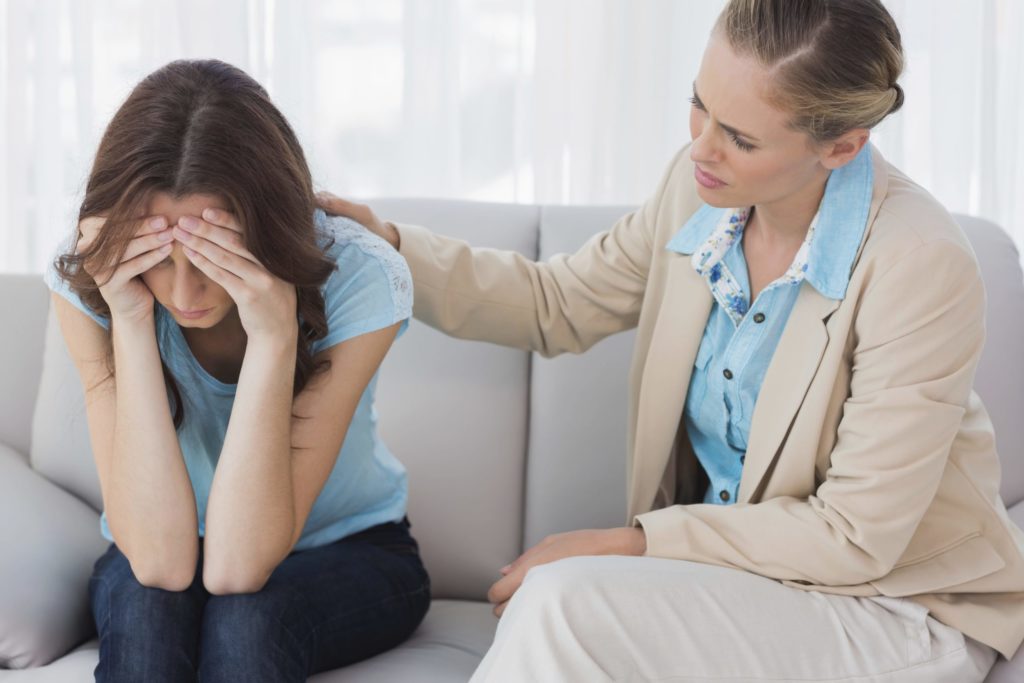Anxiety is a common and normal emotion experienced by people of all ages. However, when anxiety becomes persistent, intense, and interferes with daily functioning, it can significantly impact the well-being of children and teenagers. Identifying and addressing anxiety in young individuals is crucial for their emotional and social development. In this article, we will explore the topic of anxiety in children and teens, understanding its causes, symptoms, and strategies for providing support. By fostering a supportive environment and equipping parents, caregivers, and educators with the necessary tools, we can help children and teens manage anxiety and thrive in their daily lives.
Understanding Anxiety in Children and Teens
Anxiety in children and teenagers manifests differently than in adults. It is important to recognize the unique aspects of anxiety in young individuals. Here’s an overview of understanding anxiety in children and teens:
- Causes of Anxiety: Anxiety in children and teens can be influenced by various factors, including genetic predisposition, environmental stressors, traumatic experiences, family dynamics, academic pressures, and social expectations.
- Common Anxiety Disorders: Generalized Anxiety Disorder (GAD), Social Anxiety Disorder, Separation Anxiety Disorder, and Specific Phobias are among the most prevalent anxiety disorders in children and teenagers.
- Emotional and Behavioral Symptoms: Children and teens with anxiety may display excessive worry, fear, restlessness, irritability, difficulty concentrating, sleep disturbances, physical complaints (headaches, stomachaches), avoidance behaviors, or perfectionistic tendencies.
- Impact on Development: Untreated anxiety can impede a child’s academic performance, social interactions, self-esteem, and overall quality of life. It is essential to address anxiety early on to prevent long-term consequences.
- Recognizing and Supporting Anxious Children and Teens
- Identifying anxiety in children and teens is crucial for providing appropriate support and intervention. Here are strategies to recognize and support anxious young individuals:
- Open Communication: Create a safe and non-judgmental environment where children and teens feel comfortable expressing their emotions and concerns. Encourage open dialogue and active listening.
- Educate Yourself: Learn about anxiety disorders, their symptoms, and available treatment options. This knowledge will empower you to understand and support anxious children and teens effectively.
- Validate Feelings: Acknowledge and validate the feelings of anxiety experienced by young individuals. Let them know that anxiety is a common experience and reassure them that you are there to support them.
- Teach Coping Skills: Help children and teens develop effective coping skills to manage their anxiety. Techniques such as deep breathing exercises, progressive muscle relaxation, mindfulness, and positive self-talk can be beneficial.
- Establish Routines and Structure: Creating predictable routines and a structured environment can provide a sense of stability and security, reducing anxiety triggers.
- Encourage Healthy Lifestyle Habits: Promote regular exercise, sufficient sleep, and a balanced diet. Physical well-being plays a significant role in managing anxiety.
- Gradual Exposure and Desensitization: Encourage gradual exposure to anxiety-provoking situations, allowing children and teens to face their fears gradually. Support them in taking small steps towards overcoming their anxiety.
- Seek Professional Help: If anxiety significantly impairs a child’s daily functioning or causes significant distress, consult a mental health professional experienced in working with children and adolescents. They can provide a comprehensive assessment and recommend appropriate treatment options.

Creating Supportive Environments
Creating supportive environments at home, school, and the community is vital for the well-being of anxious children and teens. Here’s how to foster supportive environments:
- Foster Positive Relationships: Encourage healthy relationships with family members, peers, and mentors. Positive social connections can provide a sense of belonging and support for anxious young individuals.
- Peer Support: Facilitate opportunities for children and teens to connect with peers who may share similar experiences. Support groups or extracurricular activities can help reduce feelings of isolation and promote understanding.
- Educate School Staff: Raise awareness among teachers and school staff about anxiety disorders. Provide resources and training on recognizing and supporting anxious students in the classroom.
- Individualized Education Plans (IEPs): Work with the school to develop individualized plans that accommodate the unique needs of anxious students, including provisions for stress management and academic support.
- Encourage Healthy Stress Management: Teach children and teens healthy ways to manage stress, such as engaging in hobbies, artistic expression, or journaling. Encourage them to find activities they enjoy and that help them relax.
- Emphasize Self-Care: Teach young individuals the importance of self-care and self-compassion. Encourage them to engage in activities that promote self-care, such as practicing hobbies, spending time in nature, or engaging in mindfulness exercises.
- Reduce Academic Pressure: Help children and teens manage academic stress by promoting a balanced approach to education. Encourage breaks, time management skills, and realistic expectations.
Anxiety in children and teens is a complex issue that requires understanding, empathy, and proactive support. By recognizing the unique aspects of anxiety in young individuals, providing strategies for support, and creating nurturing environments, we can empower anxious children and teens to manage their anxiety effectively. Early intervention and collaboration between parents, caregivers, educators, and mental health professionals are crucial in ensuring the emotional well-being and success of young individuals. Let us cultivate a society that embraces the needs of anxious children and teens and helps them navigate their journey towards a healthy and fulfilling life.

